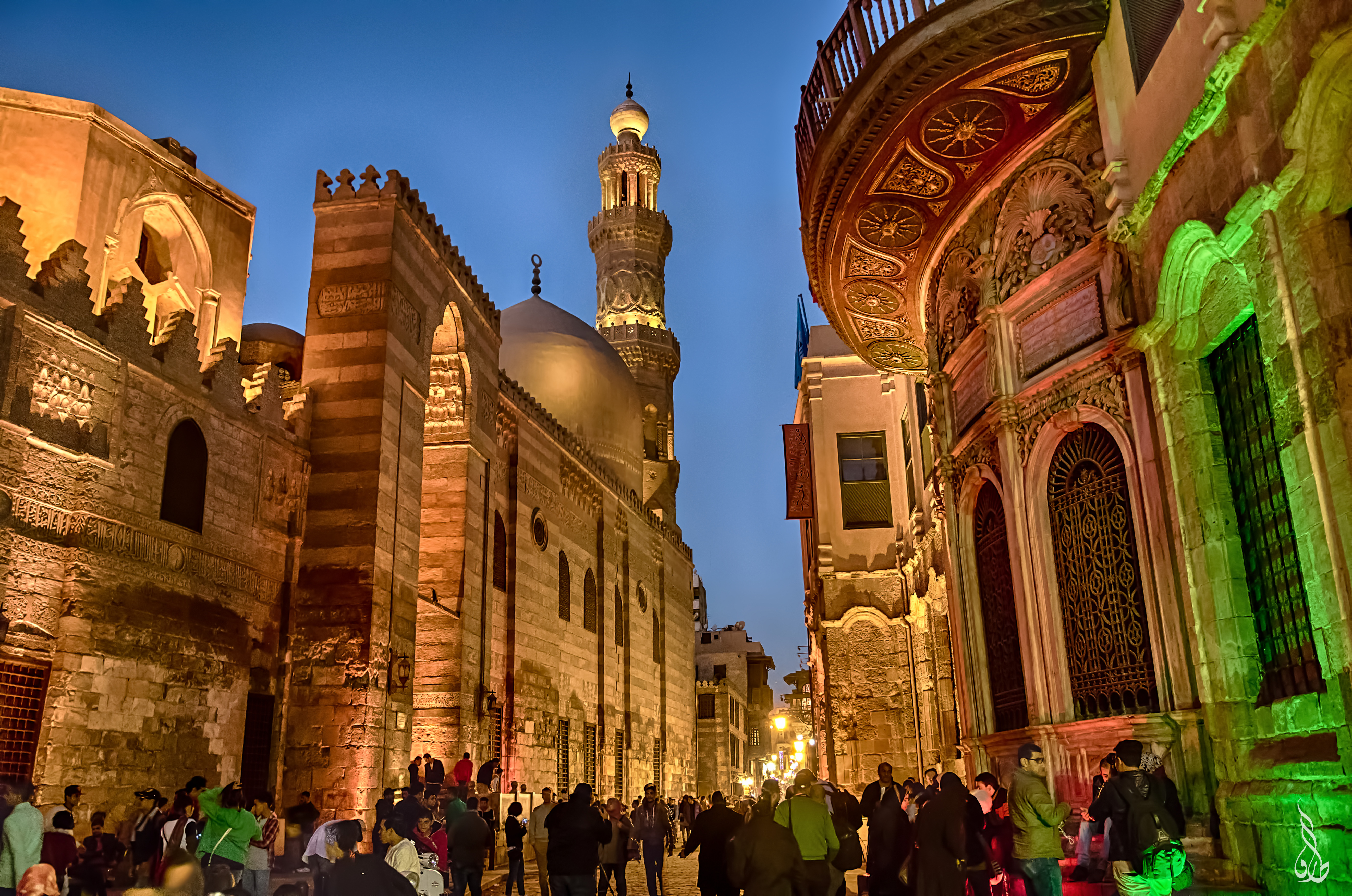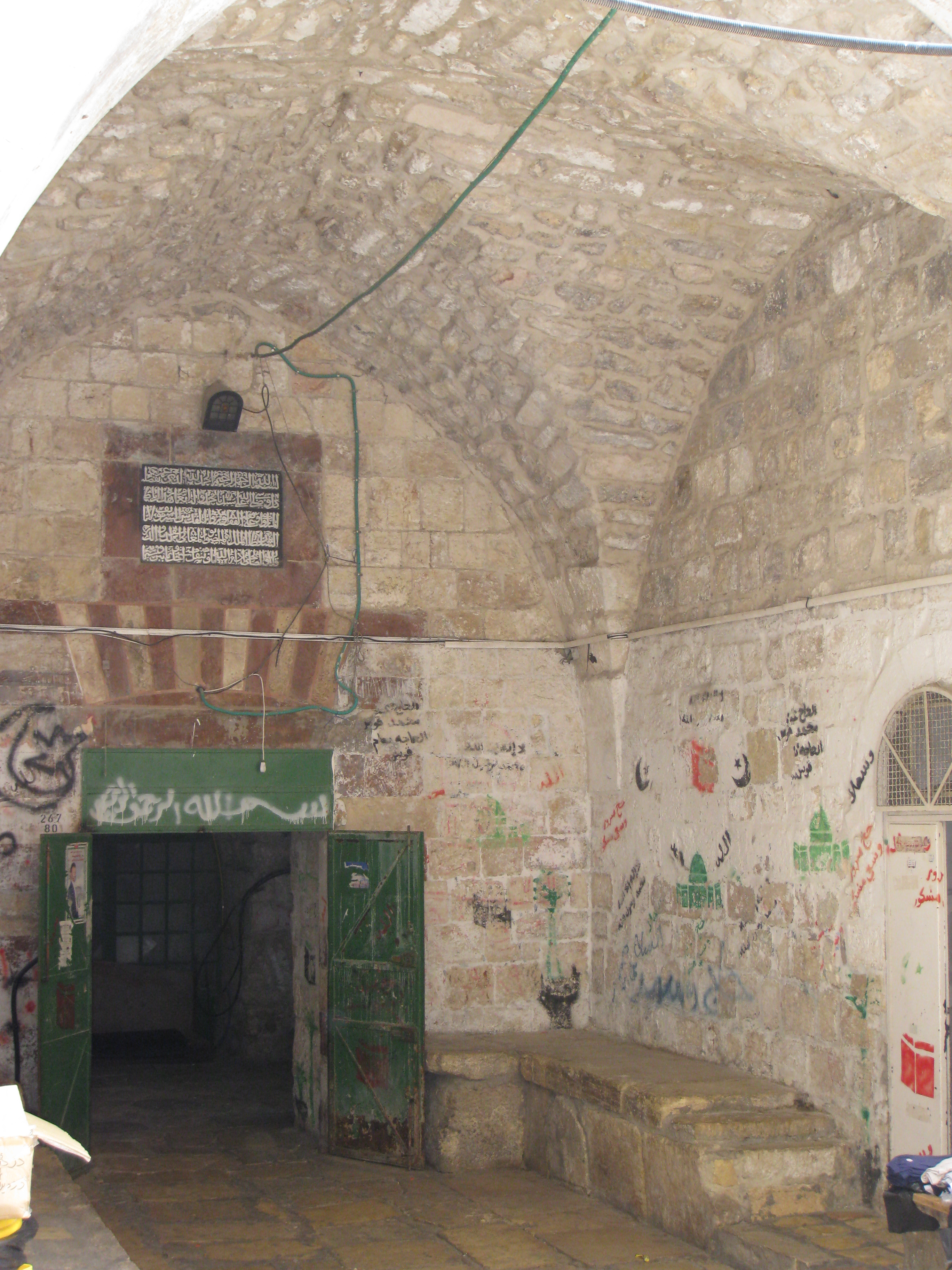|
List Of Mosques In Cairo
Cairo holds one of the greatest concentrations of historical monuments of Islamic architecture in the world, and includes mosques and Islamic religious complexes from diverse historical periods. Many buildings were primarily designated as madrasas, khanqahs or even mausoleums rather than mosques, but have nonetheless served as places of worship or prayer at some time or another, if not today. Rashidunids Abbasids Fatimids Mamluks Ottomans and Alawiyya Dynasty Modern See also * List of buildings in Cairo * List of mosques in Egypt * List of Coptic Orthodox churches in Egypt#Diocese of Coptic Cairo * List of Coptic Orthodox churches in Egypt#Dioceses of Cairo and Giza References Cited: General: *Behrens-Absouseif, Doris (1989). ''Islamic Architecture in Cairo: An Introduction''. Leiden, the Netherlands: E.J. Brill. * O'Kane, Bernard (2016). ''The Mosques of Egypt''. Cairo: The American University in Cairo Press. * Williams, Caroline (2018). ''Islamic Monuments in C ... [...More Info...] [...Related Items...] OR: [Wikipedia] [Google] [Baidu] |
Bayn Al-Qasrayn
Bayn al-Qasrayn () is the district and plaza between two former palace complexes constructed in the 10th century by the Fatimid dynasty in medieval Islamic Cairo, within present day Cairo, Egypt. It was an original element in the Fatimid Caliphate's plan for a new palace-city, named ''al-Qahirah'' (today's "Cairo"), and later became the site of many monumental buildings constructed in the Ayyubid, Mamluk, and Ottoman periods, even up to the 19th century. Many of these structures from different periods survive in the area today, located along what is now called al-Mu'izz Street. History Fatimid founding The Fatimids conquered Egypt in 969 C.E with a North African Kutama Berber army under the command of Jawhar al-Siqilli, the general of Caliph Al-Mu'izz li-Din Allah. In 970, Jawhar was responsible for planning, founding, and constructing a new city to serve as the residence and center of power for the Fatimid Caliphs. The city was located northeast of Fustat, the existing ... [...More Info...] [...Related Items...] OR: [Wikipedia] [Google] [Baidu] |
Qalawun Complex 0016
( ar, قلاوون الصالحي, – November 10, 1290) was the seventh Bahri Mamluk sultan; he ruled Egypt from 1279 to 1290. He was called (, "Qalāwūn the Victorious"). Biography and rise to power Qalawun was a Kipchak, ancient Turkic people that have since been absorbed into modern Kazakh people, from the Burj Oghlu tribe, who became a mamluk (slave soldier) in the 1240s after being sold to a member of Sultan al-Kamil's household. Qalawun was known as ''al-Alfī'' ("the Thousander"), because as-Salih Ayyub bought him for a thousand dinars of gold. Qalawun initially barely spoke Arabic, but he rose in power and influence and became an emir under Sultan Baibars, whose son, al-Said Barakah, was married to Qalawun's daughter. Baibars died in 1277 and was succeeded by Barakah. In early 1279, as Barakah and Qalawun invaded the Armenian Kingdom of Cilicia, there was a revolt in Egypt that forced Barakah to abdicate upon his return home. He was succeeded by his brother Solami ... [...More Info...] [...Related Items...] OR: [Wikipedia] [Google] [Baidu] |
Qalawun Complex
The Qalawun complex ( ar, مجمع قلاون) is a massive pious complex in Cairo, Egypt, built by Sultan al-Mansur Qalawun from 1284 to 1285. It is located at Bayn al-Qasrayn on al-Mu'izz street and like many other pious complexes includes a hospital (bimaristan), a madrasa and mausoleum. Despite controversy surrounding its construction, this building is widely regarded as one of the major monuments of Islamic Cairo and of Mamluk architecture, notable for the size and scope of its contributions to legal scholarship and charitable operations as well as for the richness of its architecture. History Historical context and background The Qalawun Complex was built over the ruins of the Fatimid Western Palace, with several halls in the Palace. It took Qalawun half a decade to construct his monument after he consolidated his rule and fought off the Mongols in Syria. The structure is situated in the heart of Cairo, on the prestigious Bayn al-Qasrayn street, and has been a center for i ... [...More Info...] [...Related Items...] OR: [Wikipedia] [Google] [Baidu] |
Mosque Of Sultan Al Zahir Baybars
A mosque (; from ar, مَسْجِد, masjid, ; literally "place of ritual prostration"), also called masjid, is a place of prayer for Muslims. Mosques are usually covered buildings, but can be any place where prayers (sujud) are performed, including outdoor courtyards. The first mosques were simple places of prayer for Muslims, and may have been open spaces rather than buildings. In the first stage of Islamic architecture, 650-750 CE, early mosques comprised open and closed covered spaces enclosed by walls, often with minarets from which calls to prayer were issued. Mosque buildings typically contain an ornamental niche (''mihrab'') set into the wall that indicates the direction of Mecca (''qiblah''), ablution facilities. The pulpit (''minbar''), from which the Friday (jumu'ah) sermon (''khutba'') is delivered, was in earlier times characteristic of the central city mosque, but has since become common in smaller mosques. Mosques typically have segregated spaces for men and w ... [...More Info...] [...Related Items...] OR: [Wikipedia] [Google] [Baidu] |




